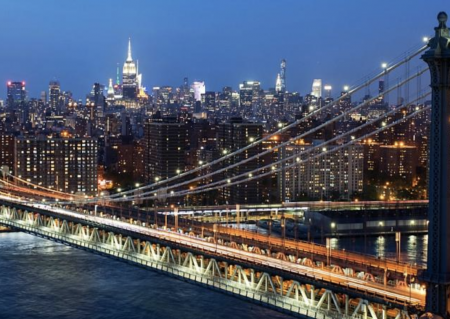
It cites a very lengthy list, but some of them are: Wikipedia lists some of the general characteristics people tend to refer to when talking about global cities. However, when you look at them, you see that the definition of global city used is far broader than Sassen’s core version. Naturally this lends itself to our modern desire to develop league tables.Ī number of studies were undertaken to produce various rankings. The question then becomes how to identify these cities, and perhaps to determine to what extent they function as global cities specifically, beyond all of the other things that they do simply as cities. Sassen covered specifically New York, London, and Tokyo in her book, but there are many more global cities than this. In this world then, a global city is a significant production point of specialized financial and producer services that make the globalized economy run. Because specialized talent and firms related to different specialties can cluster in different cities, this means that there are actually a quite a few of these specialized production nodes, because they don’t necessarily directly compete with each other, having different groupings of specialties.

Thus they are subject to agglomeration economics, and tend to cluster in a limited number of cities. These services are often complex and require highly specialized skills. These complex, globalized production networks require new forms of financial and producer services to manage them. In short form, in the age of globalization, the activities of production are scattered on a global basis. She gave a definition that has long struck with me. Saskia Sassen literally wrote the book on global cities back in 2001 (though her global cities work dates back well over a decade prior to that book).

We hear a lot of talk these days about so-called “global cities.” But what is a global city?


 0 kommentar(er)
0 kommentar(er)
